Inclusivity in Digital Marketing: You, Me, and Everyone

Inclusivity is becoming an increasingly important aspect of society. It’s quite hard to miss; mainstream media now depicts a wide range of people and perspectives. People who may not have had the chance to share things from their own unique perspective, such as an LGBT perspective or a disabled perspective, now have a much greater chance to have their voices heard.
When it comes to advertising, this is no exception. Ad campaigns are beginning to feature a much more diverse range of people in their ads. This is what we call inclusivity in marketing. But what exactly does this really mean? Well, wet’s take a closer look at inclusivity together.

What is Inclusivity?
Like the previous paragraph covers, the basic concept of inclusivity revolves around representing groups who have historically not seen equal visibility. It’s about making sure everyone is equally visible in society and that no one is left out. There are many categories that and demographics inclusivity applies to, like for example:
-
- Race
- Gender
- Sexuality
- Physical / mental ability
- Health
- Religion
- Age
- Socio-economic class
For all of these examples, there are groups of people who do not receive adequate representation in society. For example, when was the last time you saw an ad campaign featuring someone disabled? How about one featuring someone LGBT?

What does inclusivity mean for digital marketing?
For businesses, inclusivity means operating under the knowledge that your audience is not simply one, homogenous group. In reality, your audience is made up of a diverse range of people with diverse characteristics. Even if you know your target demographic, you want to be able to reach the people outside that demographic, too. Think of it this way: imagine you are a company whose target audience are Muslim women in Malaysia. While you may know these two aspects of their identity, there are still so many other things that these women can be; think of their socio-economic classes, whether they are able-bodied or not, even consider their race.
For businesses, it’s so important to keep in mind that ad campaigns won’t naturally reach everyone in the same way; when it comes to inclusivity, there must be an active push for it. This means that digital marketing companies need to be active while seeking inclusion; businesses must be able to recognize the social groups they’re leaving out and make an effort to include them.
This leads us to another aspect of inclusion that businesses also need to consider: internal inclusion.
Inclusion from within
When we say that inclusion must also be internal, we mean that most of the time, it’s not enough to simply have ad campaigns which feature groups that have been historically excluded. A business also should be seeking to hire a diverse range of people in the company.
There are a lot of benefits that come with doing this. For one, it’s becoming more and more common for consumers to research who the managers of a company are. This is because of how 53% of customers believe that diversity in ad campaigns is only for the sake of marketing, and does not truly reflect the brand’s beliefs, according to this study. If consumers get this impression of your business, it could leave a negative stain on your business’ reputation, since some may think your business is failing to practice what it preaches.
Avoiding this pitfall isn’t the only benefit to diverse hiring. 83% of millennials hold the opinion that they want businesses they support to reflect their own values, and 66% of people are willing to pay more to brands which do this, according to this study. If your business is transparent about it’s social values, it’ll build brand trust among the public.
Moreover, having more diversity in the staff can make sure that your business is not only contributing to inclusion effort, but that it is doing so in a way that is meaningful. For example, let’s pretend your business is interested in creating an ad campaign involving someone who is in a wheelchair, but the message of the campaign ends up being a bit offensive, whether that’s because of the campaign’s portrayal of the disabled, or whether it’s unknowingly perpetuating negative stereotypes. However, if you have someone who uses a wheelchair as a staff member, they could have shared their perspective. This is valuable insight, as it can save the ad campaign from being offensive. Opening up your business to perspectives your staff may not have thought about before is always beneficial.

Other benefits of inclusion
Media has always been highly influential in society. When ad campaigns include a more diverse range of people, it helps to normalize the concept of there being no such thing as a ‘normal’ demographic. This is important, because the use of the word normal implies that those who fall outside the societal standard, who have been historically excluded, are not normal. Inclusivity is about embracing these differences and overcoming harmful biases.
It is evident that the situation must improve, too. For example, according to this 2020 study, a whopping 72% of people feel as though advertising does not accurately reflect the real world. What this means is that ad campaigns only showcase a specific group of people, excluding those who fall outside this group. This corresponds to the 63% of people who don’t feel as though their own identities are represented in advertisements. From a digital marketing perspective, this is a huge chunk of the population who feels very little connection towards the commercials they see.
That’s not all. The same study shows that 76% of the population believes that advertising can shape the perceptions of each other. This can be a negative thing or a positive thing, depending on what the advertising is. For example, if an advertisement gains popularity but it depicts harmful stereotypes of a social group, then that advertisement is contributing to negative biases that can harm real people.
This is why it’s important for businesses to not only have inclusive ad campaigns, but to make sure that they are sending the right messages.

Examples of inclusive advertising in action







